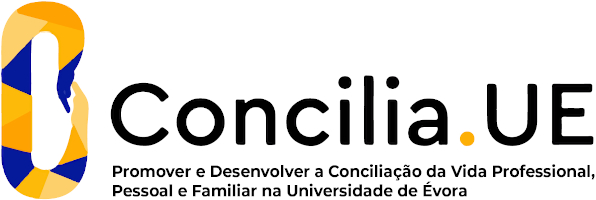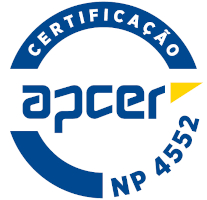2025
Introduction to Drawing I
Name: Introduction to Drawing I
Code: VIS13285I
6 ECTS
Duration: 15 weeks/156 hours
Scientific Area:
Artes Plásticas
Teaching languages: Portuguese
Languages of tutoring support: Portuguese
Regime de Frequência: Presencial
Sustainable Development Goals
Learning Goals
This theoretical-practical UC aims to logically and operationally develop a basic initial premise: the understanding of architectural drawing not only as the basis of architectural creation but also as a system of representation, verification and explanation of the architectural idea and object, as well as a means for the intimate expression of the architect's thought. The development of this premise is substantiated in the following main objectives:
1. Knowledge and mastery of architectural drawing as a system of recognition, understanding and codification of reality;
2. Knowledge and mastery of architectural drawing throughout its history, as a means of understanding architecture and architects;
3. Knowledge and mastery of architectural drawing and its most elementary techniques, in the understanding of the possibilities of appropriation and creative manipulation of them in favor of rigor and expressiveness.
1. Knowledge and mastery of architectural drawing as a system of recognition, understanding and codification of reality;
2. Knowledge and mastery of architectural drawing throughout its history, as a means of understanding architecture and architects;
3. Knowledge and mastery of architectural drawing and its most elementary techniques, in the understanding of the possibilities of appropriation and creative manipulation of them in favor of rigor and expressiveness.
Contents
The program contents are as follows:
1. History of Architectural Drawing (part I). The role of architectural drawing in the History of Art and Architecture; its relationship with the singular moments of Human History and the transversal influences of and with other areas of knowledge, exploring the contributions of classical authors;
2. Descriptive Drawing (part I):
2.1. Concepts of proportion and scale;
2.2. Framing and composition: concepts of axis, symmetry, hierarchy, rhythm and repetition;
2.3. Sketches, outlines, notes;
2.4. Spaces and environments, outside and inside;
2.5. Rigorous drawing: Plan, section, elevation, detail;
2.6. Simple axonometric perspective: volume and three-dimensional vision;
2.7. Light, shadow and penumbra;
2.8. The Model as an extension of architectural graphic expression.
1. History of Architectural Drawing (part I). The role of architectural drawing in the History of Art and Architecture; its relationship with the singular moments of Human History and the transversal influences of and with other areas of knowledge, exploring the contributions of classical authors;
2. Descriptive Drawing (part I):
2.1. Concepts of proportion and scale;
2.2. Framing and composition: concepts of axis, symmetry, hierarchy, rhythm and repetition;
2.3. Sketches, outlines, notes;
2.4. Spaces and environments, outside and inside;
2.5. Rigorous drawing: Plan, section, elevation, detail;
2.6. Simple axonometric perspective: volume and three-dimensional vision;
2.7. Light, shadow and penumbra;
2.8. The Model as an extension of architectural graphic expression.
Teaching Methods
Theoretical and practical classes, active learning methodologies. Dialogical approach based on the presentation of content, debates, group discussions, short workshops, focused on problem-solving in a real context and on the collaborative design of projects. Transversal skills: communication skills, teamwork and problem-solving. Individual and group monitoring, stimulating collaborative learning. Self-assessment and peer assessment.
Assessment
The grade in this curricular unit may result from one of the following assessment systems: continuous assessment or final exam. Attendance in classes is mandatory (75% of classes). Continuous assessment = (0.25xA) + (0.25xC) + (0.25xC) + (0.25xD) Assessment by regular exam = 0.50x[(0.25xA) + (0.25xC) + (0.25xC) + (0.25xD)] + (0.50xE) Assessment by resit exam, special exam and extraordinary exam = 0.40x[(0.25xA) + (0.25xC) + (0.25xC) + (0.25xD)] + (0.60xE) Where: Final Grade - cannot be less than 10 points. A, B, C, D ? practical work relating to all components A, B, C and D indicated in the syllabus, whose arithmetic average cannot be less than 10 points. E ? exam with a minimum grade of 10 points.





















